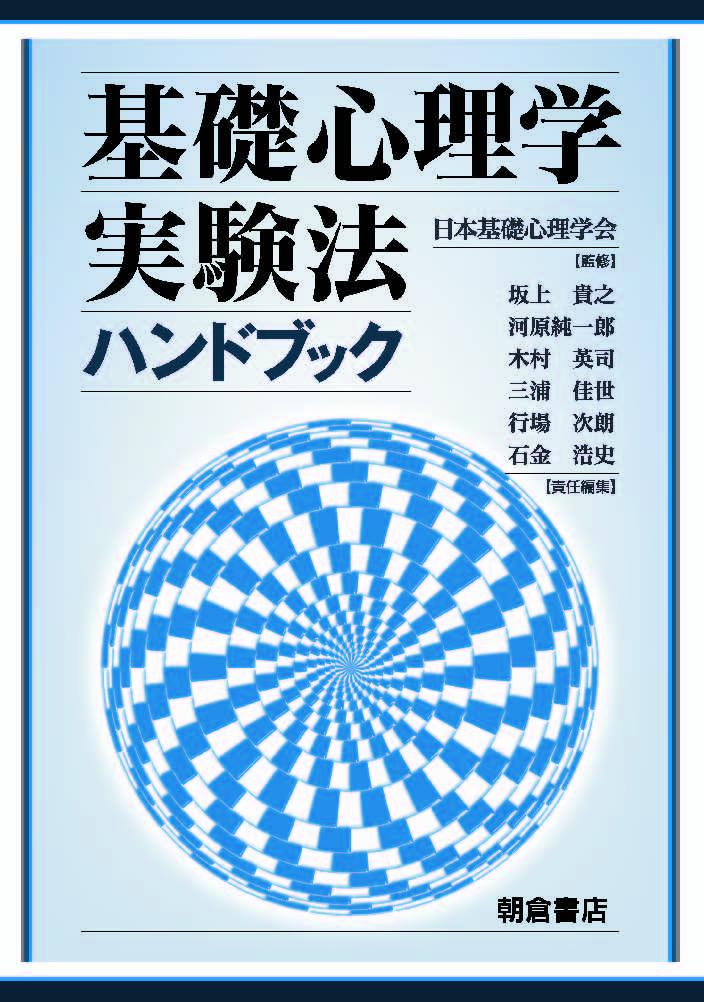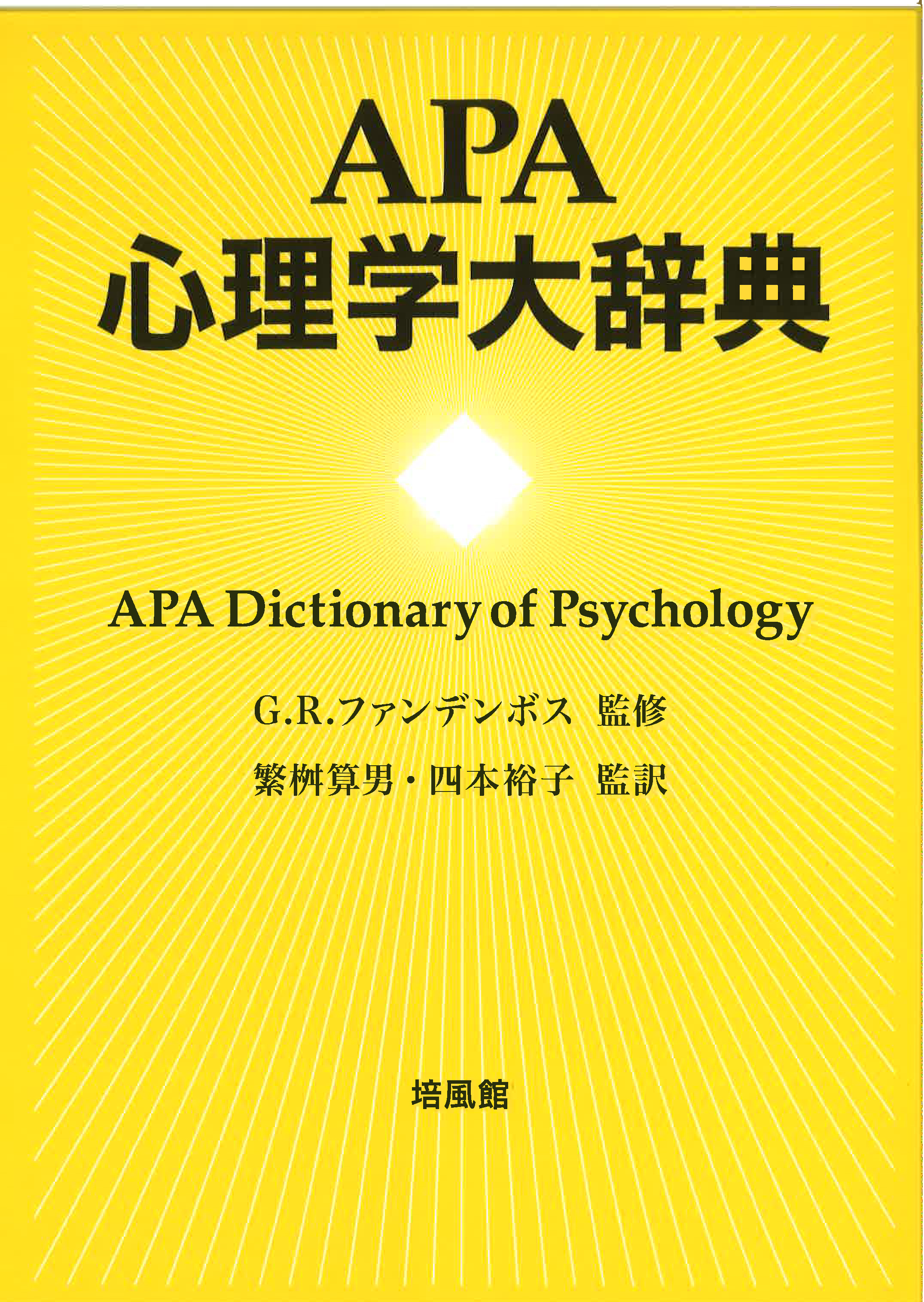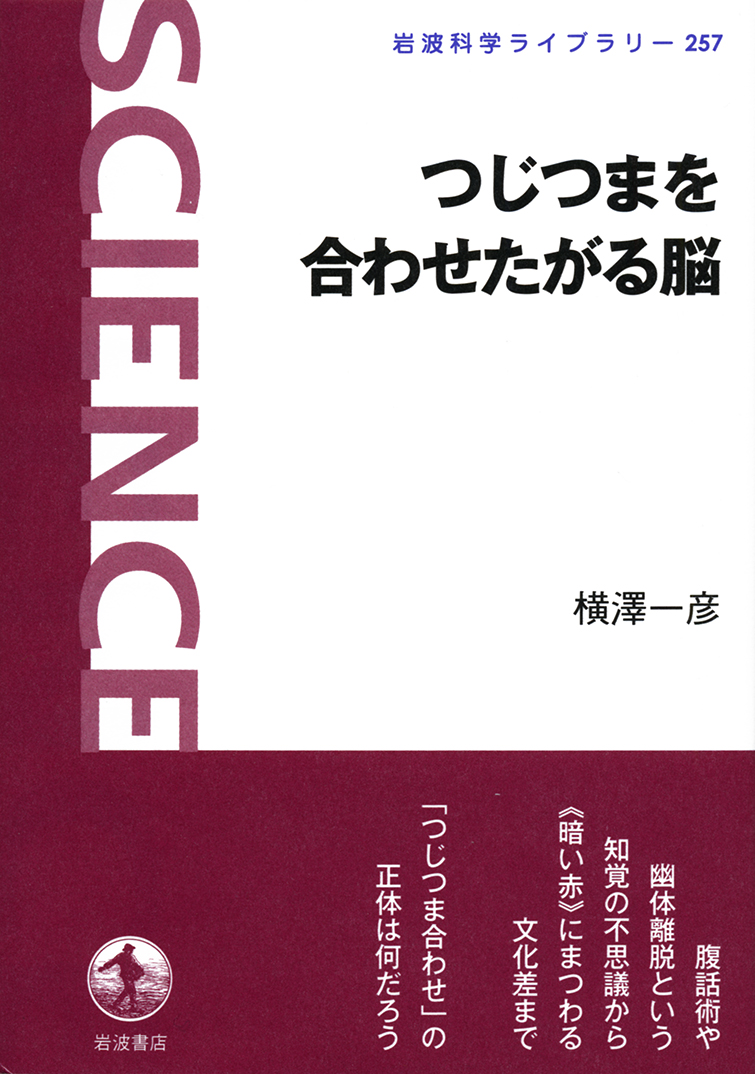
Title
Scientific Reports 6 "Flickering task-irrelevant distractors induce dilation of target duration depending upon cortical distance"
Size
9 pages
Language
English
Released
August 31, 2016
ISBN
(article number 32432)
Published by
Nature Research
Book Info
This book is a thesis on the perception of time, published in Scientific Reports in 2016. The open-access electronic journal Scientific Reports is published by Nature Research and covers a wide spectrum of academic interests in the natural sciences (biology, chemistry, physics and geoscience). They have an environment in place where specific research papers in certain areas of natural sciences can be quickly peer-reviewed and published. It received a score of 5.228 in 2016 for impact factor (an index to measure the impact and citation frequency of academic journals), which is very high. This paper reported a phenomenon in which “flickering task-irrelevant distractors dilated the perceived duration of the target stimulus depending on cortical distances.” We human beings can estimate a length of time to a degree without relying on a watch. While this perception of time is a vital ability for us in our daily pursuits, it has been known that the perception is not always reliable. For example, the duration of a flickering stimulus is perceived to be longer than that of stable stimuli. Many studies investigated this perceived time dilation, trying to identify key factors that contributed to this phenomenon, such as by varying the speed or cycle of the flickering. Our study introduced two sources of stimuli, a target stimulus of which the duration is estimated, and a distracting stimulus which is irrelevant to the set task and should be ignored. We found from this study that the perception of time regarding the target stable stimulus was prolonged by the flickering distractor. We also demonstrated that the distance between the cortical areas that processed the stable target stimulus and distractor were associated with the amount of the time dilation. In the early stages of processing visual information in the brain, the stimuli in the left eye are processed in the right hemisphere of the brain, and the stimuli in the right eye are processed in the left. Therefore, if both the target and distracting stimuli are placed in the right eye’s field of vision, they both are processed in the left hemisphere in the early stages of information processing. Conversely, if the target stimulus is in the right eye’s field of vision and the distractor is in the left eye’s, the former is processed in the left hemisphere while the latter is processed in the right half of the brain. When both stimuli are processed ipsilaterally, the amount of time dilation caused by the flickering distractor was greater than a contralateral case. This outcome suggests that the neural activities induced by the task-irrelevant flickering stimulus prolonged the perceived duration of another stimulus through the connection between cortical areas. This paper helps to further advance knowledge on the mechanisms by which information is processed regarding the perception of time.
(Written by Yuko Yotsumoto, Associate Professor, Graduate School of Arts and Sciences / 2017)
Table of Contents
Introduction
Results and Discussion
General Discussion
Methods
References



 Find a book
Find a book




